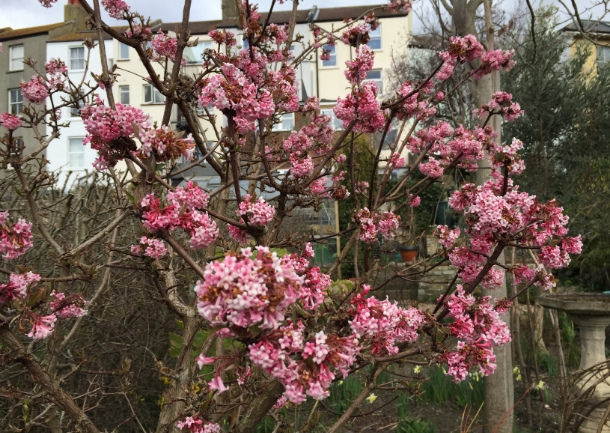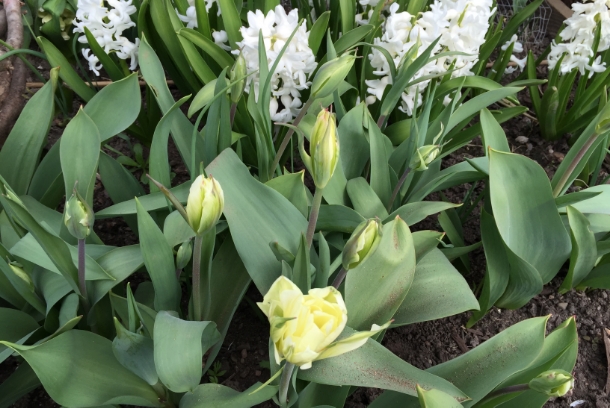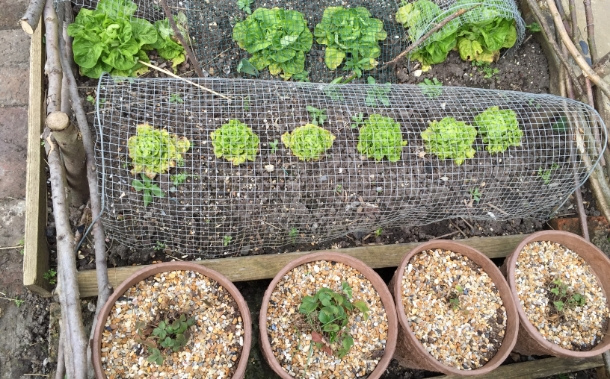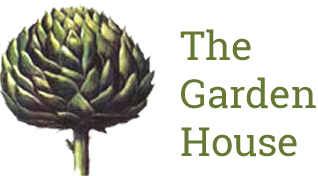Spring arrives in the Garden House!
Posted:22 March 2015
Yesterday spring arrived in The Garden House walking around the garden there were so many signs of emerging blooms, and seedlings underway outside and in our new heated propagator!
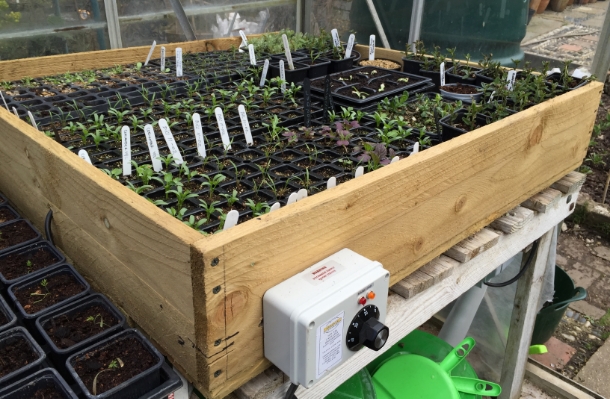
We also enjoyed an entertaining talk by Rose Hardy of the renowned nursery Hardy’s Cottage Garden Plants. Rose was talking about spring flowering perennials, and had some great examples to show and discuss.
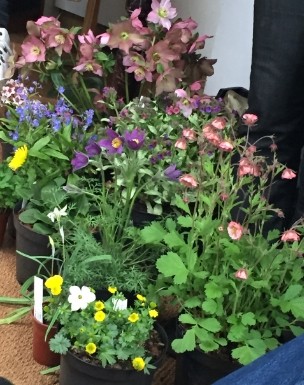
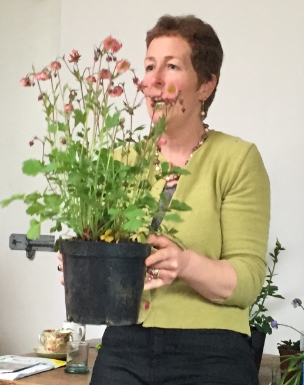
Rose and her husband Rob Hardy are breeders and introducers of interesting new perennial varieties and exhibit at major Flower Shows throughout the year they are winners of 19 Chelsea Gold medals! Their nursery www.hardys-plants.co.uk is a family run independent nursery based in Hampshire, which grows a wide range of hme produced herbaceous perennials outdoors in peat free compost.
Rose’s recommendations – for DRY SHADE:
Primula elatior, the oxlip (or true oxlip) a species of flowering plant in the family Primulaceae, native to nutrient-poor and calcium-rich primarily beech woodlands.
Anemone flaccida a small, mountain native, species of Anemone that likes full to part shade.
Bergenia ciliata – this species is very unique and much sought after by collectors. Delicate white-to-pink flowers and large, rounded leaves are covered on both sides with soft, downy hairs. (Rose also mentioned Bergenia ciliata Wilton which has palest pink flowers in spring, slightly later than usual, and very large attractive bristly leaves).
Anemonella thalictroides small, clump-forming tuberous perennials with fern-like, divided leaves and small clusters of cup-shaped flowers in spring and early summer.
Omphalodes – common name Navelwort a low-growing woodland plant, usually with blue or white flowers in spring.
DAMP SHADE:
Pulmonaria – common name Lungwort grown for their clusters of spring flowers, which are found in a wide range of colours; also valued for their foliage, which is often silvered or spotted.
Helleborus ‘Walberton’s Rosemary’ – which Rose highlighted as it has been especially bred to have upward facing flowers
Doronicum x excelsum ‘Harpur Crewe’ common name Leopards Bane these delightful cheery big yellow daisy flowers in spring brighten up any woodland clearing.
DRY SUN:
Ipheion genus of small, bulbous plants, which produce masses of star-shaped flowers in late winter and early spring (Rose also mentioned a blue-flowered variety Ipheion ‘Rolf Fiedler’ AGM)
Pulsatilla vulgaris – common name Pasque Flower have deeply cut, feathery foliage, topped by large, bell-shaped flowers. These are followed by fluffy, silver seedheads in summer.
Ranunculus aconitifolious ‘Flore Pleno’ AGM – common name Buttercup a diverse genus, ranging from rock garden and alpine house species, to aquatics and wildflowers and including some invasive weeds. Most flowers are yellow or white, although other colours do occur. Many are summer-dormant.
Geum produces large quantities of flowers in late spring and early summer. The colour range is usually limited to shades of yellow, orange or red. Most varieties prefer a humus-rich soil, although some are happier with better drainage. Sun is ideal for many, and increases flowering, although most will tolerate some shade.
Out in the garden:
